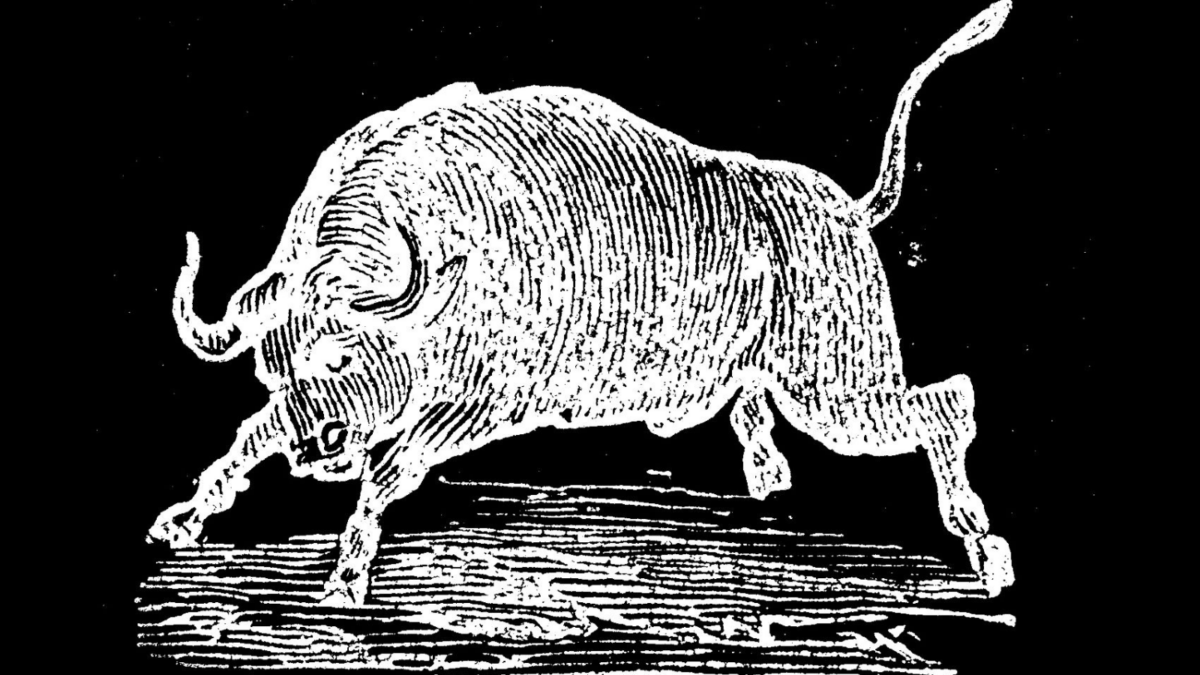Australian dollar’s climb may dent returns from offshore investments
The Australian dollar has bounced off its recent lows towards 70 US cents after a lower-than-expected US inflation print raised doubts over more interest rate rises in the US. While that may sound like good news, the local currency’s appreciation is eroding returns from unhedged international investments, which may push more investors into hedged investments.
Exchange rate movements can have a significant impact on the performance of unhedged international share investments over the short term. Any rise in the Australian dollar diminishes returns when assets are converted into the local currency; any fall helps investors as it magnifies gains when assets are converted into local dollars. If, for example, the Australian dollar rose by 10 per cent, the value of a local investor’s offshore investments would fall by 10 per cent. The Australian dollar is currently trading around 67 US cents, well off its October two-year low of 62 US cents.
Focus on Aussie’s direction
Analysts are mixed on the direction of the Australian dollar from here. Economists at National Australia Bank expect it to bounce back further next year, strengthening to 72 US cents by the end of 2023 and to 74 US cents by the end of 2024. Shane Oliver (pictured), chief economist at AMP, expects upward pressure from commodities will push the Australian dollar even higher in 2023, up to 75 US cents.
“The increasing evidence of a peak in US inflation and central banks slowing their rate hikes along with positive seasonals and the track record of US shares rallying after the midterms indicate we may have seen the ow and add to our confidence that the next 12 months will be positive for shares,” Oliver wrote in a research note, adding that the same will likely be true for the cyclical Australian dollar. He expects the currency to head higher with commodities, which are enjoying a “super-cycle bull market”.
However, Commonwealth Bank expects the US dollar to peak in 2023, which would see the local currency move down from current levels.
“The US dollar will peak once markets consider interest rates have peaked in the west and/or China will ease its covid policy,” CBA economists said in a recent research report.
“We consider the US dollar will regain its recent losses and peak in early 2023,” the report added. “This means Australian dollar and NZ dollar can set new lows.”
Hedging offshore investments
According to Alistair Mills, director of capital markets at BetaShares, currency movements can have a big impact on returns from offshore investments. Given more Australian investors are putting money in international assets, they must consider whether to hedge their currency exposure, which acts as a form of insurance.
“Currency-hedged funds aim to remove foreign currency exposure and therefore generate returns that more closely reflect the change in the underlying value of their investments without the impact of changes in the value of the Australian dollar relative to the underlying currency of that investment,” Mills said.
“For investors who have a view that the Australian dollar is currently at its lower bound, incorporating currency-hedged ETFs into their portfolio can be a simple way to reduce foreign currency exposure from some of their global equity allocation,” he said.
A common route is to take a bet each way on the currency and buy into both hedged and unhedged international share funds. “It is not uncommon for investors to hold a blend of hedged and unhedged global equity exposures and manage this ratio depending on their view on the Australian dollar,” Mills said.
“In recent weeks, we have seen a number of investors switch at least some of their international equities exposure to the hedged version of the same fund as more investors act to reduce currency risk in their portfolio,” he said.
Reflecting that, Mills noted that the BetaShares Global Sustainability Leaders ETF – Currency Hedged has received just over $65 million in net flows this year, recording $21 million of that amount since October 1. The unhedged Global Sustainability Leaders ETF, on the other hand, has nearly $360 million in net flows this year, but just $6.8 million since October 1, with clients favouring the hedged version of the same managed fund.
“While the flow numbers still favour unhedged exposure over the longer term, there is more money moving towards currency-hedged versions of our leading ETFs,” Mills said.









